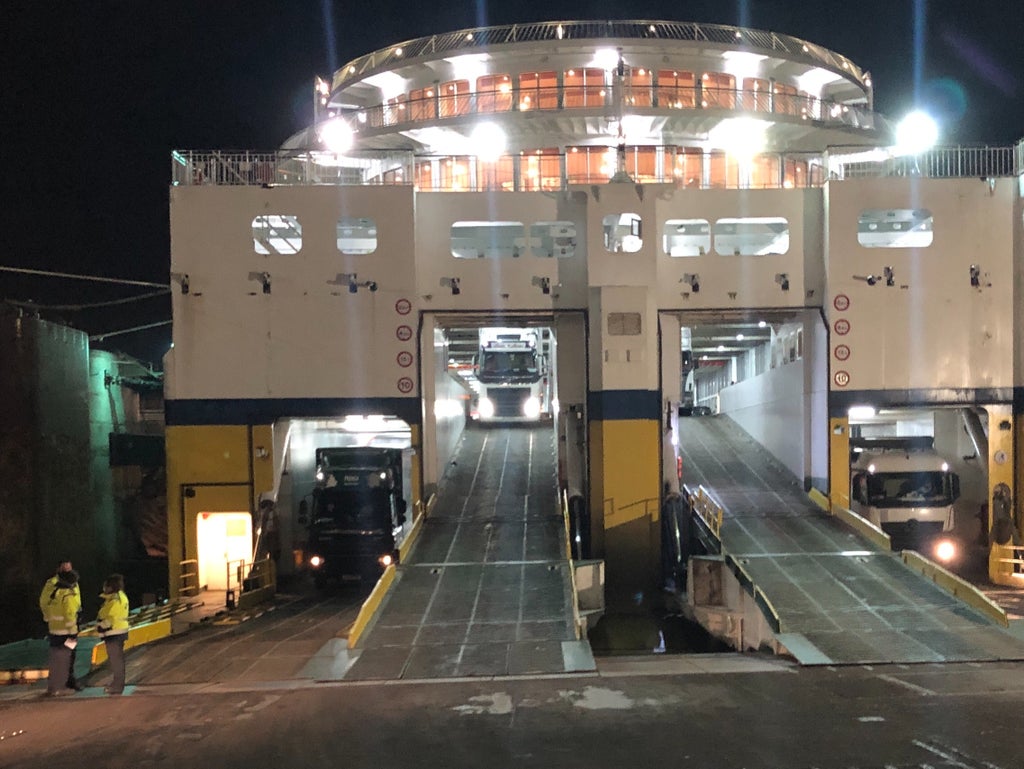
Queen Mary – the 16th century Tudor monarch, not the former Cunard liner currently moored in Long Beach, California – shares one characteristic with me: strong feelings about French Channel ports.
She is reputed to have said: “When I am dead and opened, you shall find ‘Calais’ lying in my heart.” The port now beloved of booze-cruisers had been recaptured during her reign by the French.
My association with the Normandy port of Dieppe is happier: it was the first time I had ventured abroad (on a school day trip aged 13), and the ferry had taken me to a new dimension, full of wonders.
As France reopened to British visitors in the early hours of Friday morning, I returned to this exotic location.
The aroma of the town was no longer two parts cigarette smoke, one part fishing port, but the cliffs, the beach and slightly ramshackle charm endure. And they still insist on driving on the right.
Not that I was motoring. I was keen to reach Paris as soon as possible once the borders opened to the British.
Eurostar – sadly reduced to two trains a day by what was effectively a two-way travel ban – could not get me there before lunchtime. Air France would get me to Paris Charles de Gaulle by 8.45am, but the old-school option of rail-ferry-rail was more appealing and rather less environmentally damaging.
While there is no longer a dedicated boat train from London to the departure point, Newhaven, the trip via Lewes was swift and easy. I even had time for some light sightseeing in Newhaven, though I chose not to linger in the White Hart pub on karaoke night.
The ferry, for which I paid £31 just a few hours ahead of departure, is run very smoothly by DFDS. I turned out to be the only foot passenger, and was driven from the port terminal out to the ship – Côte d’Albâtre – in my very own bus.
A berth in a four-bed cabin was well worth paying £36 extra, especially when I found I was the only occupant. (Oddly, the slightly spartan surroundings, though with a decent shower, reminded me of a stay aboard the Queen Mary – now a floating hotel ideally priced for those of us seeking a deal.)
While the cross-Channel voyage is only four hours, I managed to sleep fairly soundly – which made the night journey bearable. At 4am local time I was driven on another bus from the ship to passport control, which after a short discussion I passed.
No longer do ferries moor in the heart of Dieppe, but the docks are a brisk 15-minute walk from the town centre. While an hour’s sightseeing is ideally not carried out between 4am and 5am, it felt good to be back.
As with the train journey from London to Newhaven, so with the final leg to Paris: a two-stage trip, via Rouen. The terminus in the French capital is St-Lazare, my preferred arrival point – much closer to the heart of the city than Gare du Nord, where Eurostar arrives.
Eurostar, I am glad to say, is now ramping up its schedule – and remains the obvious, comfortable and swift choice between London and Paris. But for short-notice bookings, the rail-sea option is much cheaper. I would not race back for another trip in deep winter, but come summer I will be back on the Newhaven-Dieppe link.
Slow travel? Yes, which should be part of the fun. And it also gets you from city to city, gently.







